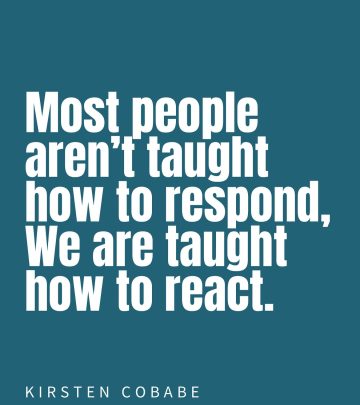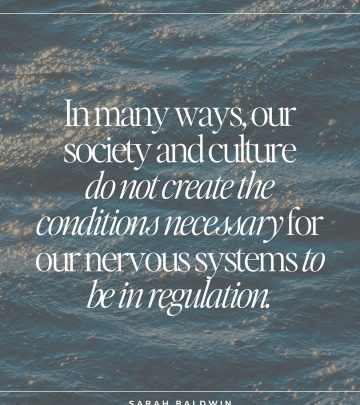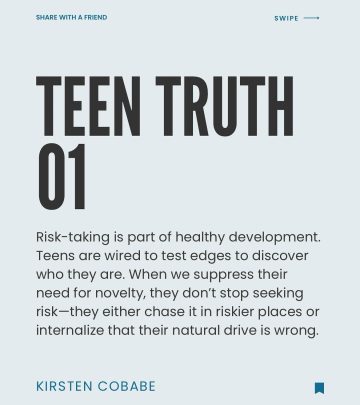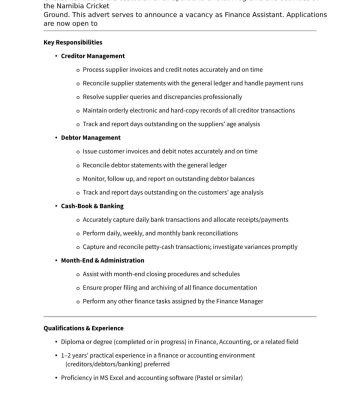Healing Patterns In Adult Relationships
Discover how early wounds mold relationships and learn healing for secure connection now!
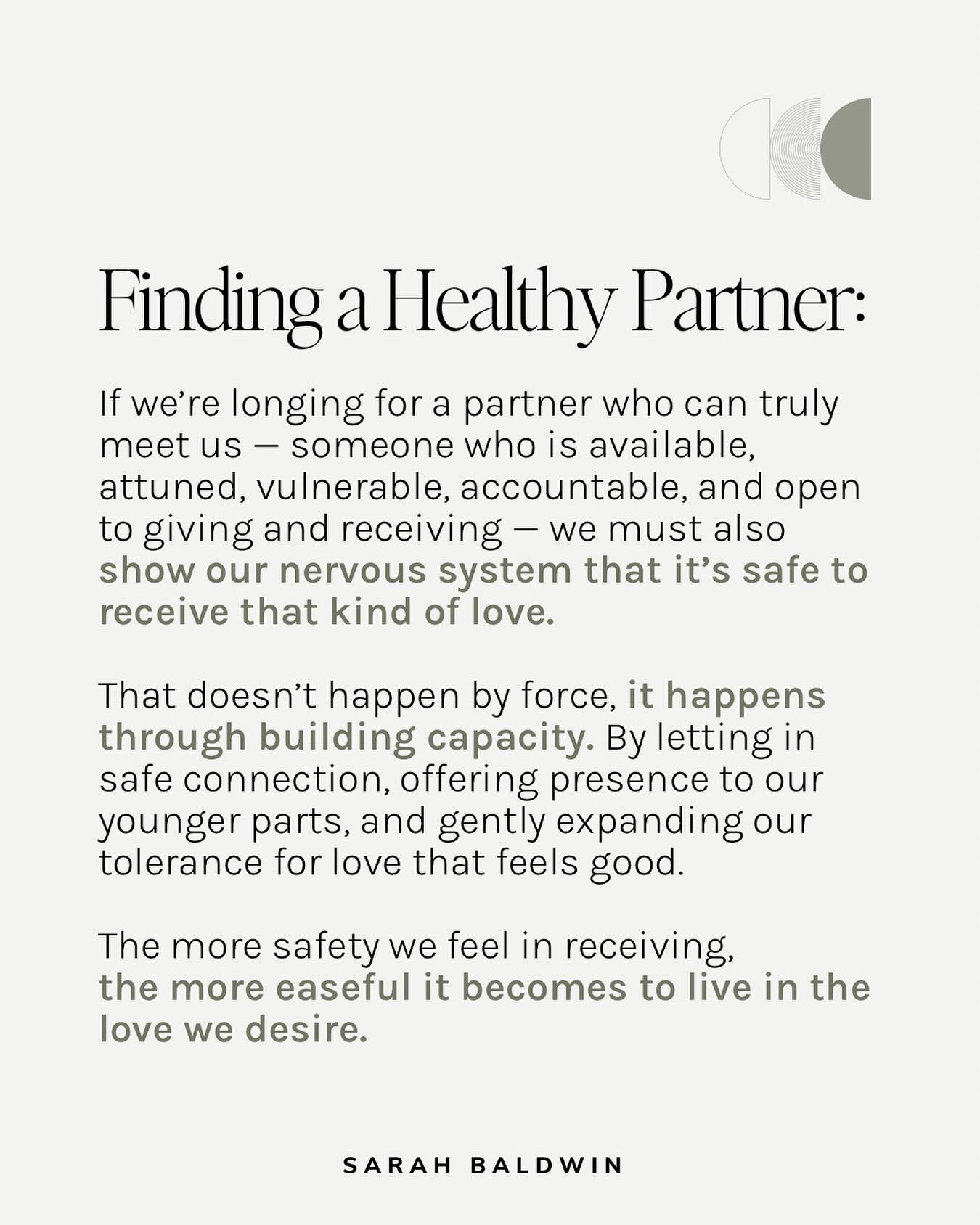
Image: Instagram
Sarah Baldwin, renowned coach and author, is drawing renewed attention to the powerful ways childhood experiences shape our adult relationships. In her recent post, Sarah challenges us to rethink our recurring relationship patterns by looking at the workings of our nervous system.
The Root Of Relationship Patterns
Many of us have experienced the exasperating cycle of seeking partners who seem potentially perfect — offering attunement, responsibility, vulnerability, and growth — only to fall into the same familiar, painful dynamics. Sarah explains that these patterns are not coincidental. They are deeply rooted in our earliest interactions and experiences with our caregivers. When those primary relationships lack consistency and safety, our nervous system adapts in ways designed to help us survive. The adaptations may include behaviors such as invisibility, people-pleasing, or over-functioning. These ingrained responses continue to influence how we show up in our adult relationships.
Drawing on her extensive work as a coach, Sarah reminds us that these patterns are not simply habits of the mind, but are stored in the very fabric of our nervous system. “Our adult relationships are often a reflection of our childhood experiences,” she notes, urging readers to consider that the strategies designed to help us cope as children may be limiting us as adults.
Healing Through Nervous System Regulation
A central theme in Sarah’s message is that true healing occurs at the level of the body. It is not enough to simply think our way out of these old patterns; we must engage our nervous system. When our bodies learn to feel safe, a transformative shift occurs. Sarah writes, “Healing has to happen at the level of the body – with regulation, with nervous system safety, and with the parts of us that are still holding those early wounds.”
This process of healing involves establishing a sense of safety that can rewire our bodily responses. Through practices that foster regulation—such as mindful breathing, gentle movement, and creating a calm environment—we can encourage our nervous system to embrace a more secure state. By doing so, we open up space to form connections that honor our true needs rather than merely repeating the patterns of the past.
Visualizing Safety And Connection
Sarah’s Instagram post (https://www.instagram.com/p/DLnAO8GOKUN/) vividly complements her written message. The image features a serene setting that evokes a sense of calm—a visual reminder of her call to create and seek environments where the nervous system feels secure. This image is not just aesthetically pleasing; it serves as an emblem of the deep internal work involved in rewiring our responses to relationship dynamics.
Her approach underscores a robust message: in order to break free of repetitive, unfulfilling patterns, we must start by providing ourselves with the sense of physical and emotional safety that perhaps was missing in our early lives. As she puts it, “We can’t ‘think’ our way into secure attachment or logic our way out of old patterns.” By accepting that these patterns live within our bodies, Sarah invites her audience to pursue healing from the inside out.
Embracing The Journey Of Self-discovery
Through her work, Sarah also acknowledges the inevitability of setbacks and the slow pace of healing. She emphasizes that transformation is a process—a series of small, tolerable steps. This perspective is echoed through her subsequent Instagram posts where she discusses how our responses, like fawning or over-apologizing, are originally survival strategies. In these posts, Sarah offers compassionate language that helps reframe self-criticism into a recognition of the adaptive nature of our past behaviors.
For many individuals, the realization that the challenges they face in relationships are not personal shortcomings, but rather echoes of an early environment, is liberating. When we forgive our past selves and learn to provide our own internal safety, we can step toward relationships with greater authenticity and balance.
Sarah’s message is clear: the journey toward secure attachment is not about rushing to fix yourself or shaming old patterns. It is about embracing the work that happens at the deep level of the nervous system. When we invest in practices that foster regulation—whether through mindfulness exercises, somatic therapy, or simply spending time in nature—we begin to form a new blueprint for connection. One that is grounded in safety, authenticity, and compassion.
A Call To Begin Healing
For those ready to break free from repetitive relationship patterns, Sarah offers a practical invitation. By commenting with the heart emoji and the tag NYNS below her posts, interested individuals can join the waitlist for her upcoming live course. In this course, Sarah will guide participants through exercises designed to foster nervous system regulation and reframe long-held, detrimental patterns.
Sarah Baldwin’s work is a refreshing reminder that our past does not define our future. Instead, by understanding the interplay of our early experiences and our autonomic nervous system, we can take empowered steps toward building relationships that honor our true selves. With each small, intentional act of self-care and regulation, we nurture the possibility of healthier, more fulfilling connections. For anyone feeling stuck in the same painful cycles, her message is both a warning and an invitation—a prompt to care for the very core of who we are.
This thoughtful approach to healing is resonating with many online as it reframes old narratives and offers realistic tools for achieving genuine change. Sarah’s guidance stands as a reassuring beacon for those ready to embark on a journey from survival to thriving.
Read full bio of Joyce






